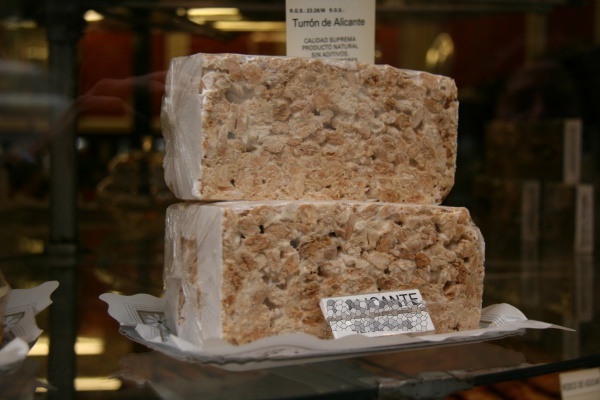Facts About Turrón
Turrón, also known as torrone, is a cherished nougat confection from Southern Europe, traditionally enjoyed during Christmas in Spain, Italy, and other regions once influenced by the Spanish Empire. This delicious treat is made from a delightful blend of honey, sugar, egg whites, and nuts like almonds. Depending on the region, it might be called turrón in Spanish, torró in Catalan, or torrone in Italian.
The origins of turrón trace back to the 16th century, with various nuts and flavors added over time as people put their unique twists on the confection. The name turrón is believed to derive from the Latin word "torrere" meaning to toast.
In Spain, turrón has been a beloved treat since at least the 15th century, especially in regions like Jijona/Xixona. There are many types of turrón, ranging from hard and crunchy to soft and chewy, often incorporating ingredients like chocolate, fruits, and different kinds of nuts. Spanish turrón is typically classified as either hard (Alicante variety) or soft (Jijona variety), with other variations such as Torró d'Agramunt and Torró de Xerta.
Italian torrone, on the other hand, offers a different experience. Varieties from places like Cremona and Benevento bring their own unique textures and flavors, often featuring hazelnuts, almonds, and pistachios. Some types of turrón and torrone even enjoy protected geographical status under EU law, such as Jijona and Alicante in Spain and Torró d'Agramunt in Catalonia.
Turrón has also spread to other parts of the world, with each region adding its own spin on the classic treat. In Peru, turrón is usually soft and flavored with anise. The Philippines offers varieties like cashew turrón and masareal. Puerto Rican turrón often includes sesame seeds and various spices, while Cuban turrón comes in both blando (soft) and duro (hard) versions made with peanuts.
These regional variations highlight the rich cultural tapestry behind turrón, making it a delightful treat enjoyed by many around the world.
